Artifacts That PROVE Past Advanced Civilizations Existed
From ancient computers, to mind-bendingly-old temples, these discoveries will have you questioning everything you thought you knew about human history.
MysteriesHistory is not as solid as we’re often led to believe. Every day, incredible new discoveries are found that threaten to turn our entire understanding of the past upside down. The further back we look, the more uncertain things become, and the artifacts and places in this video will prove that we have a lot more to learn about the world we live in. From ancient computers to mind-bendingly-old temples, these discoveries will have you questioning everything you thought you knew about human history.
10. The Phaistos Disk
In 1908, while exploring the ruins of an ancient Minoan palace named Phaistos on the south coast of Crete, Italian archeologist Luigi Pernier found a remarkable golden-hued disk, remarkably intact considering it has since been dated as almost 4,000 years old.
The Phaistos Disk, as it has since been named, features a language that has never been fully identified. The disk’s undecipherable script has led to theories suggesting that the disk is a remnant of a lost civilisation, with some pointing to the Ancient Greek tales about the lost city of Atlantis as the answer.
The claim isn't as ridiculous as it may seem on the surface. A wealth of similar clues can be found nearby, such as the drowned Egyptian city of Heracleion, which was discovered by a team of scuba divers in the early 2000s.
This once grand and lavish city, whose recently-discovered culture provided a critical link between the Ancient Egyptian and Ancient Greek periods, was overcome by the sea in the second century BCE.
9. Baghdad Battery
We all take it for granted that the battery is a recent invention, but maybe we shouldn’t be so certain. While working as director of the Baghdad Museum in 1938, German archeologist Wilhelm Konig found a mysterious terracotta container, with a rolled-up copper sheet and an iron rod inside.
Upon analysis, Konig found evidence that the container – dated between 250 and 650 CE – had once held an acidic liquid, meaning all the ingredients were in place for a functional electric battery; something not thought to have been invented for another 1000 years.
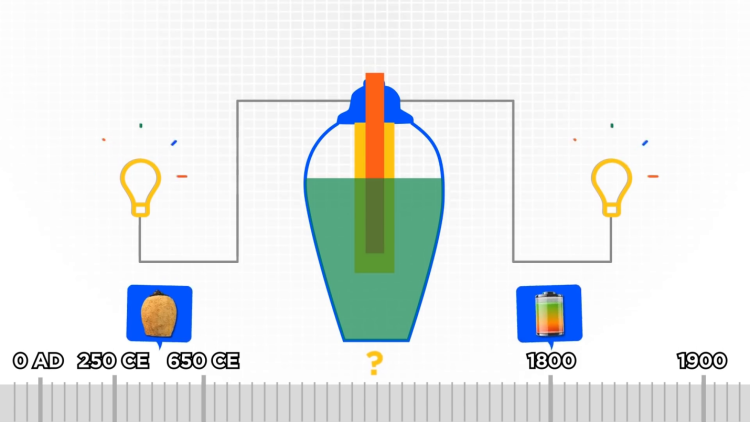
Some theories assert that the ‘battery’ was used for electroplating precious metals – a modern process for coating objects in gold – but no electroplated artifacts have been discovered.
Other theories suggest that the small charge generated by the ‘battery’ could have been used as part of a religious experience, harnessing seemingly-supernatural forces. Some theories reject the electrical ideas entirely, suggesting that the ‘battery’ was in fact a container for sacred scrolls.
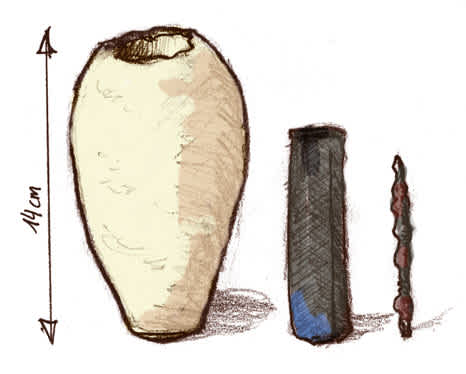
It’s important to remember, with discoveries such as these, that it is possible for human beings to possess the tools and knowledge to create something like electricity, without necessarily understanding the underlying principles.
The Chinese discovered gunpowder long before the principles of combustion were scientifically recorded; you don’t always have to understand why something works, just that it does.
8. Antikythera Mechanism
When you consider that 70 percent of the Earth is covered in water, it’s hardly surprising that the ocean’s depths are a constant source of revelations about our past. The Antikythera Mechanism is just one of these incredible discoveries from the seafloor and was retrieved off the coast of Antikythera, Greece, in 1901.
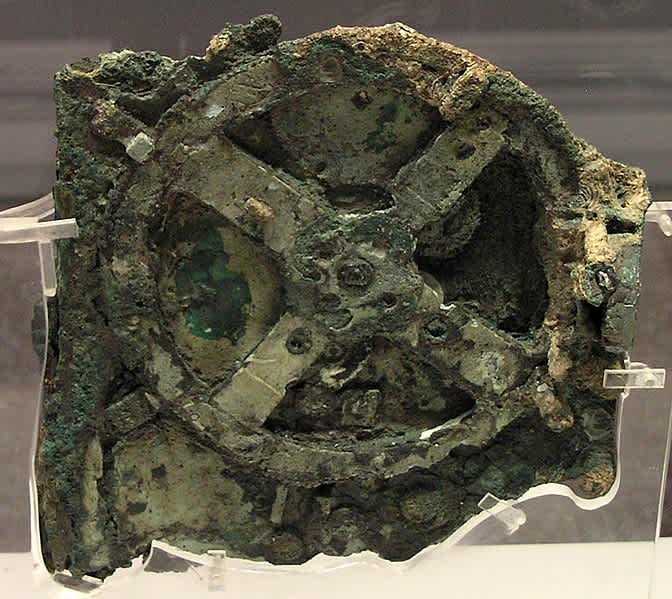
It had been laid on the seafloor for thousands of years after a Roman ship capsized in the first century BCE. The Mechanism itself dates back up to 300 years before the crash, making its purpose even more impressive: this device, a larger assortment of gears, kept within a shoebox-sized wooden container, is believed to be the world’s first computer.

Now, it may not have been able to run Skyrim on max settings, but it was capable of some incredible feats; by turning a lever, the user could find out – through mechanically-operated symbols on the front panel – exactly where the sun and moon would be in the sky, on any given day, dozens of years in advance.
The level of complexity demonstrated by this fascinating device throws our understanding of the mathematical and mechanical capabilities of its constructors, the Ancient Greeks, into the water. This level of mechanical complexity would not be documented again for another 1500 years, which has led to some outlandish theories regarding its origins. Whichever theory you subscribe to, it’s difficult not to be amazed at this mind-blowing feat of engineering, which raises more questions than it answers.
7. The Rock Wall of Rockwall
For years, the inhabitants of Rockwall County, Texas have been perplexed by walls. Not regular walls, but ancient walls, seemingly composed of bricks and mortar, which have been found in various spots within an area of 20 square-miles. The strange thing is, these walls were discovered underground, as early as 1851.

These settlers were long-thought to be the first wall-building society to settle in the area, as Native American presence in the area had been historically nomadic, never permanently settling in the area. So, who built the walls? And why have locals observed what seem to be archways, steps and iron pins in them?
Geologists have suggested that the wall-like appearance is in fact an illusion, caused by layers of sediment expanding and contracting over millions of years, forming cracks to give the appearance of bricks. The iron, geologists suggest, is naturally occurring ore. But this answer doesn’t satisfy everyone. Geologist James Shelton even encourages inquisitive minds to re-assess their understanding of the walls, following documented discoveries of ancient scripts carved into the rock, as well as the discovery of a round, metal disk embedded in one of the walls’ stones.

6. Coso Artifact
In 1961, a group of friends were searching for geodes near Olancha, California. They gathered a substantial yield and returned home to explore their findings.
Inside one of the rocks, they observed a cylindrical structure with a metal ring on one end, a flared metal cap on the other, and what appeared to be a threaded screw passing through the top.

It was clear that whatever they had found was man-made, but the case became more curious when a geologist determined the rock’s age to be around 500,000 years old. More bizarre still, the object inside the geode was officially identified as a spark plug from a 1920s-era Champion motor vehicle.

So, were they dealing with a time-traveler in a seriously-outdated car? Unfortunately, the geode has since been lost, but various theories have tried to offer an explanation for this bizarre mystery. Some suggest that the object was a remnant of an ancient, advanced civilisation. Others have suggested it was a communications device, dropped from a departing ancient alien spaceship.

But, the more mundane theory is that the spark plug dropped from a vehicle, which could have been modified for mining in the area in the 1920s. The spark plug may then have been surrounded in a layer of hard sediment in a rare, but not impossible, process over a few decades.
5. Ancient Nuclear Reactor
In the West African region of Oklo, Gabon, lies one of the Earth’s most unbelievable wonders.
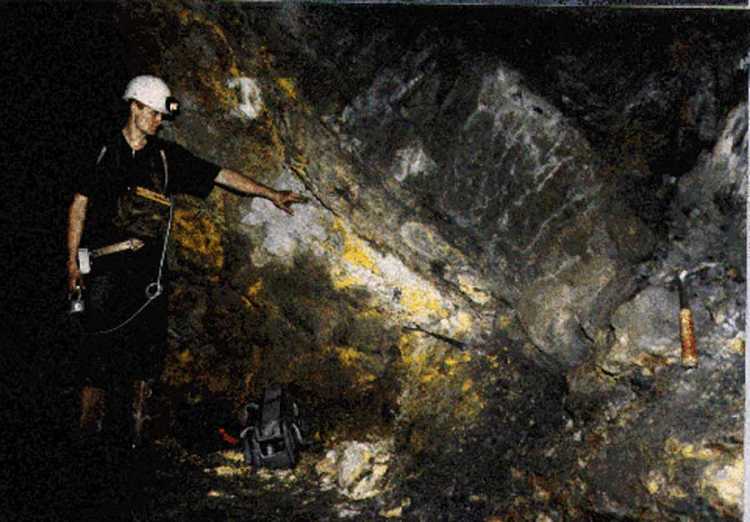
While mining for uranium in 1972, French physicist Francis Perrin discovered that the levels of radioactive element uranium-235 were much lower than anticipated. After some investigation, Perrin was shocked to discover the presence of elements like cesium and plutonium in the mine; elements only usually found in nuclear reactors, and a by-product of nuclear fission.
Noting the composure of the mine, including the presence of water, Perrin concluded the impossible: the mine was a 2 billion-year-old nuclear reactor.

Scientific reports have since concluded this site to be the only known example of a naturally-occurring nuclear reactor on Earth, but the statistical likelihood of these conditions being in place are too much for some to believe this to be an accident.
Counter-arguments suggest that the evidence points to the reactor being wilfully constructed. If this were the case, then life would have been present on Earth billions of years before our common understanding. An outlandish claim, perhaps, but a fascinating thought experiment, nonetheless.
4. The Quipu of Caral
When we think of knowledge, we picture words, books, pictures, and numbers. But discoveries made in the ancient, long-abandoned city of Caral force us to seriously question our preconceptions on how humans can retain information.
The Norte Chico people of Caral existed 5,000 years ago, making them the oldest known civilisation in the Americas. Instead of writing, the Norte Chico developed the Quipu, or ‘talking knots’. Information would be stored and communicated using knotted alpaca hair and cotton, with each variation in color, knot type and string length – among many other factors – determining the meaning of each Quipu.

The Norte Chico people of Caral existed 5,000 years ago, making them the oldest known civilisation in the Americas. Instead of writing, the Norte Chico developed the Quipu, or ‘talking knots’. Information would be stored and communicated using knotted alpaca hair and cotton, with each variation in color, knot type and string length – among many other factors – determining the meaning of each Quipu.
What’s particularly baffling is the fact that even with all our modern-day brainpower, we’re still struggling to decipher specific messages displayed by these knots.
We know they were used as recording devices, and studies from reputable journals have deciphered specific non-numerical signifiers from the knots, but since most of them were burned by the Spanish, there aren’t enough for us to effectively analyze.

Unfortunately, Caral was mysteriously abandoned rapidly only 500 years after it was built, but while the Norte Chico people seemingly disappeared, elements of their culture can still be found throughout South American native cultures today.
Quipus remains a significant part of everyday life in the Peruvian village of Tupicocha, and the Norte Chico ‘Staff God’ has been found in countless succeeding cultures, from the Bolivian Tiwanaku, to the Peruvian Urubamba Valley.
The unusual methods of storing information the Caral pioneered, and the three-and-a-half thousand-year gap between their use of Quipus and the next known usage, forces us to question how they disappeared – and could the same thing happen to us?
3. Neanderthal Flute
Discovered in Divje Babe archeological park near Cerkno, Slovenia in 1995, the Divje Babe flute is a rudimentary musical instrument, carved from the femur of an adolescent cave bear.
The artifact, sometimes referred to as a ‘Neanderthal flute’ due to the presence of Neanderthals in the vicinity and period it was created, is thought to be between 43,000 and 58,000 years old, making it the oldest musical instrument ever discovered.
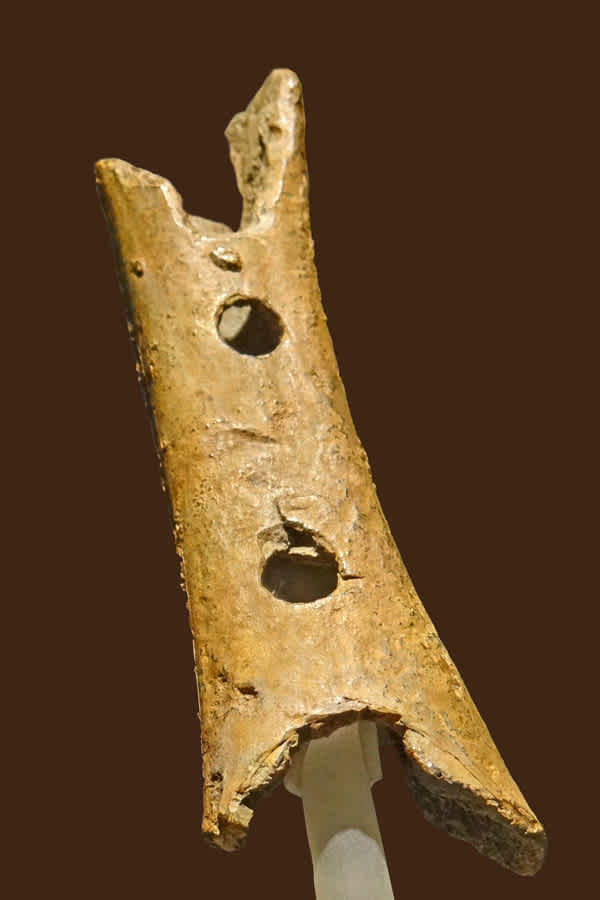
While some archeologists attribute the instrument to early-modern humans, if theories that it is Neanderthal in origin are true, it could overhaul our understanding of our ancestral second-cousins.
While we accept Neanderthals were capable of basic wall carvings, the addition of musical appreciation to their repertoire would overhaul our perceptions of their cognitive abilities.
Whether Neanderthal or early-modern human in origin, the flute pushes the earliest records of music back much further than we had previously recognized. Well, assuming it wasn’t just leftovers from a Pleistocene-era dog’s lunch.
2. Pumapunku
Pumapunku, located near Tiwanaku, in western Bolivia, is a conspiracy theorist’s dream. Supposedly constructed in 536 CE, the ancient site’s walkways and temples are composed of a scattered mix of rocks such as red sandstone and immaculate andesite.
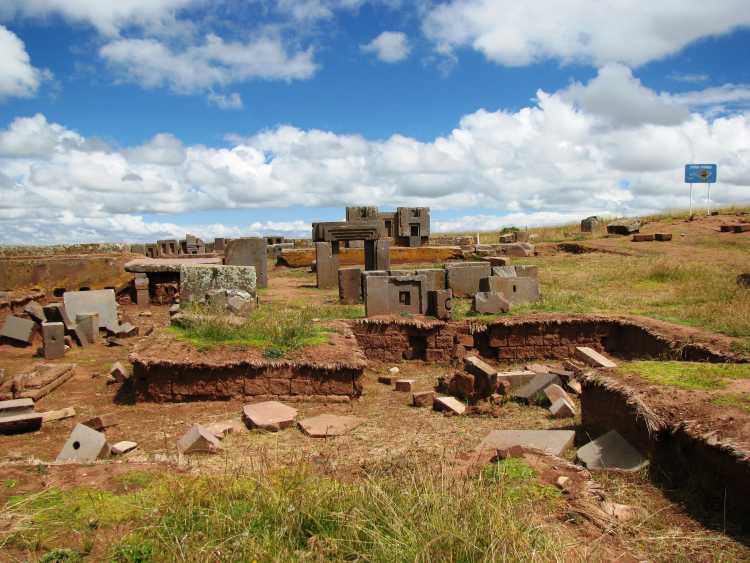
Its construction has left researchers baffled, as there is evidence of craftsmanship well beyond the expected capabilities of its occupants, who had not yet developed a writing system, nor tools thought to be necessary for this level of precision.
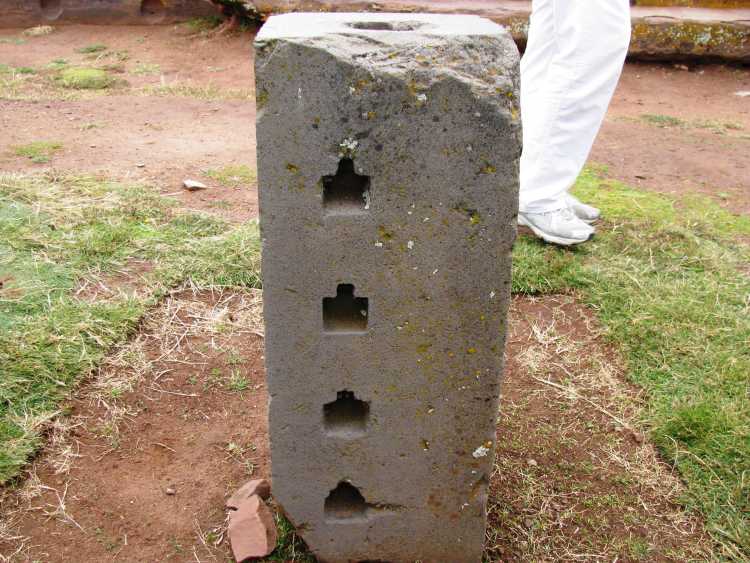
This has led to speculation that the structures were actually created by a much older culture, with access to more advanced technology, part of a long-forgotten civilisation whose existence we are only just beginning to discover clues about.
That being said, it’s still almost incomprehensible how whoever was behind Pumapunku transported the huge andesite blocks, some weighing as much as 131 tons, from quarries 56 miles away.
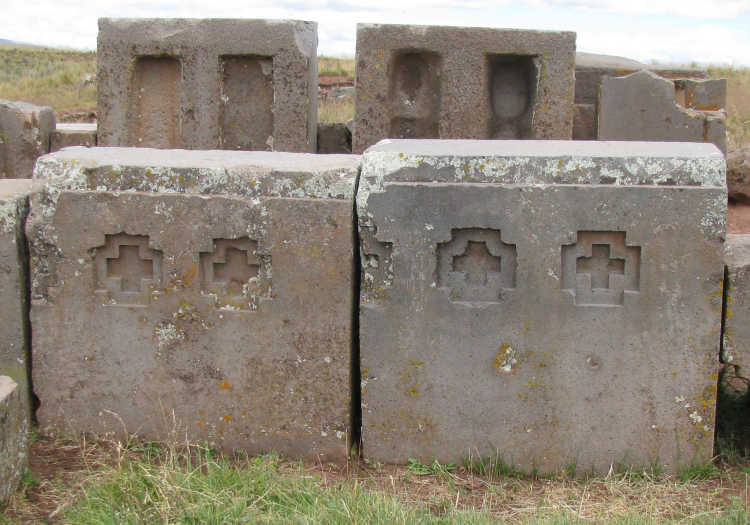
Added to the mystery are strange magnetic anomalies the structure seems to produce. If you move a compass over specific blocks, the needle moves around erratically, which has yet to be explained. This has led to popular theories that whoever built this structure was a technologically-advanced, machinery-using civilisation, with an understanding of magnetism perhaps even greater than our own.
Pumapunku’s last known survivors rapidly dispersed due to drought around 1000AD, leaving many questions within the halls of their mystic temple.
1. Göbekli Tepe
Huge, ten-ton pillars? Check. Intricate, artistic carvings of animals, birds and insects? Check. Mysterious lack of settlers? Check. Göbekli Tepe has it all.
The deeply enigmatic site, located in the south-eastern Anatolia region of Turkey, is widely understood to be up to 11,000 years old; pre-dating other megalithic sites like Stonehenge by a staggering 6,000 years.

What makes Göbekli Tepe so fascinating is the fact that, at this time, humans were long-assumed to be roaming the Earth as hunter-gatherers, living nomadic, unsettled lifestyles, leaving the occasional cave painting here and there. To move the pillars found at the site from the quarries, archeologists estimate that up to 500 people were required, as they weighed roughly 10-20 tons each.
So why, and how, was a structure of this magnitude constructed if they were only meant to hunter-gatherers, without some societal structure and cooperation?
Definitive answers are yet to be confirmed, but a few theories have arisen. Klaus Schmidt, the archeologist responsible for much of the site’s excavation from 1996 until his death in 2014, suggested that the site was a place of periodical congregation, perhaps used for rituals and annual celebrations, rather than a permanent settlement.
The skill in masonry and art on display at Göbekli Tepe has led some theorists to assert that it was built by the last survivors of a dying, advanced civilisation, in an attempt to commemorate their culture following a cataclysmic event, around the end of the last Ice Age.
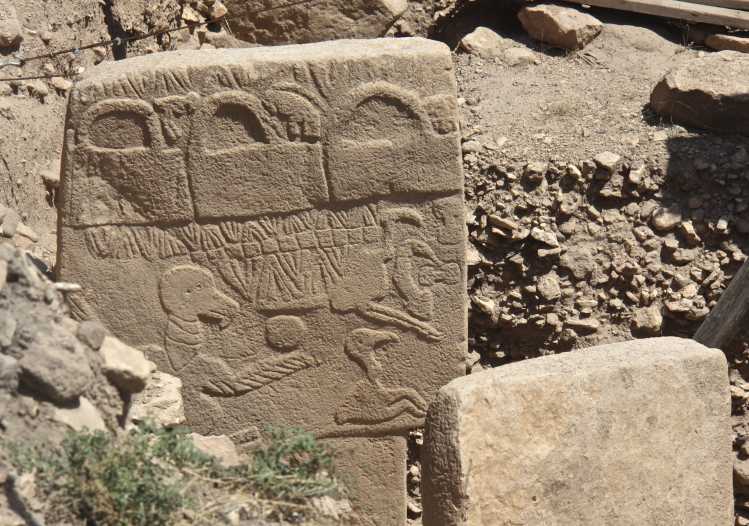
Whatever the purpose behind Göbekli Tepe, it raises huge, fundamental questions about our understanding of human civilisation, and makes us wonder – what will we discover next?
If you were amazed at these mysterious ancient artifacts, you might want to read our article about places that could be portals to other worlds. Thanks for reading!













![Embarrassingly Dumb Ways People Died - Darwin Awards Winners [Part 14]](http://images.ctfassets.net/l031eph9pzsg/686De1sLP59fCNWLkbDwm5/4031ad820164610867ececf9513ce5ce/embarrassingly-dumb-ways-people-died---darwin-awards-winners-_part-14_.jpg?w=750&h=422&fl=progressive&q=50&fm=jpg)












